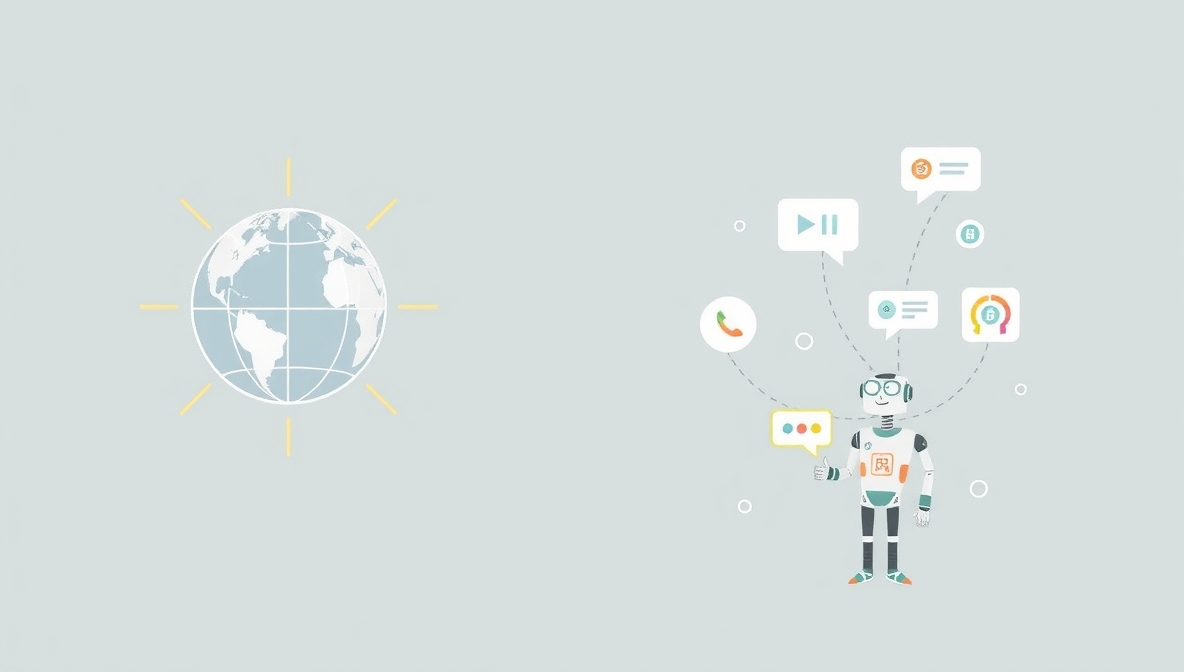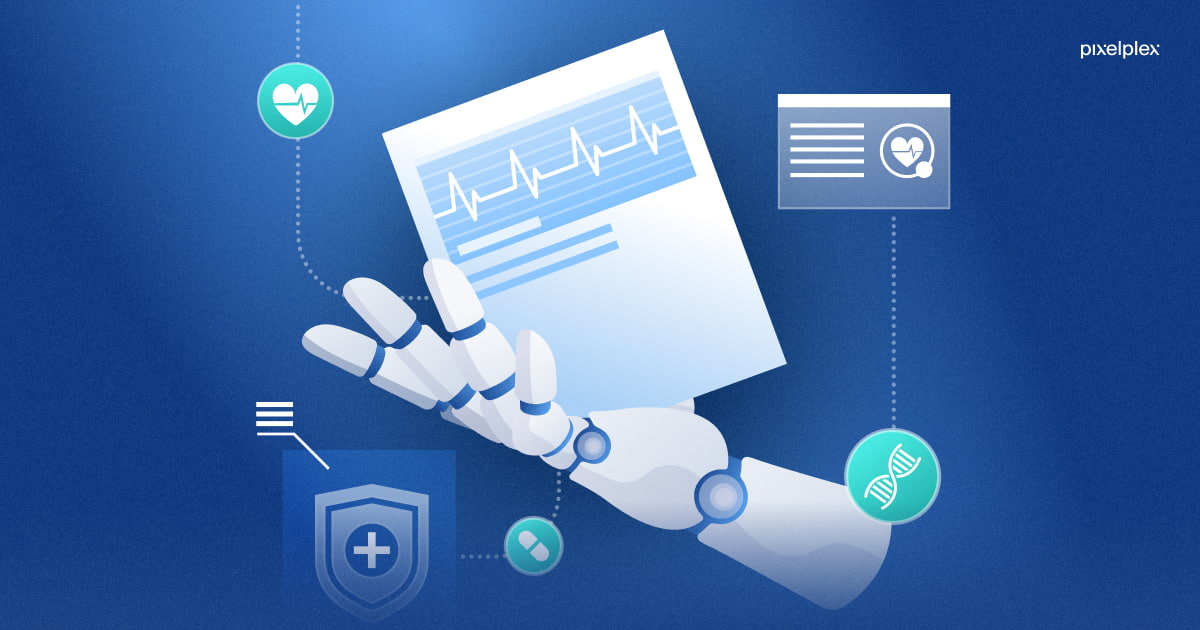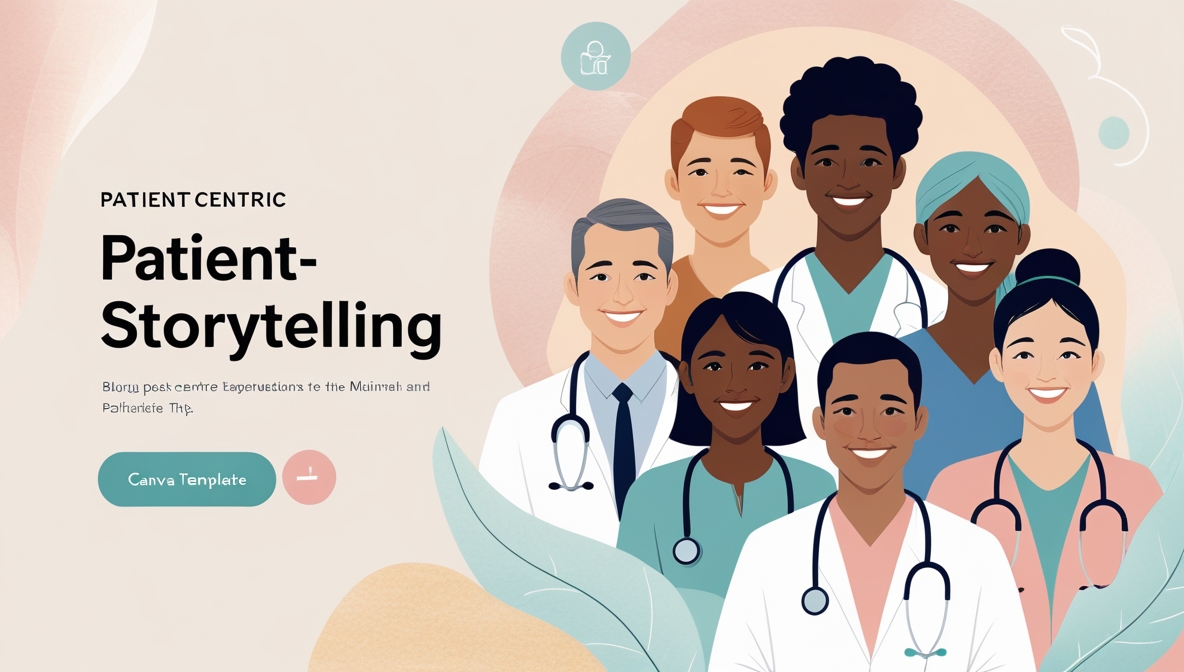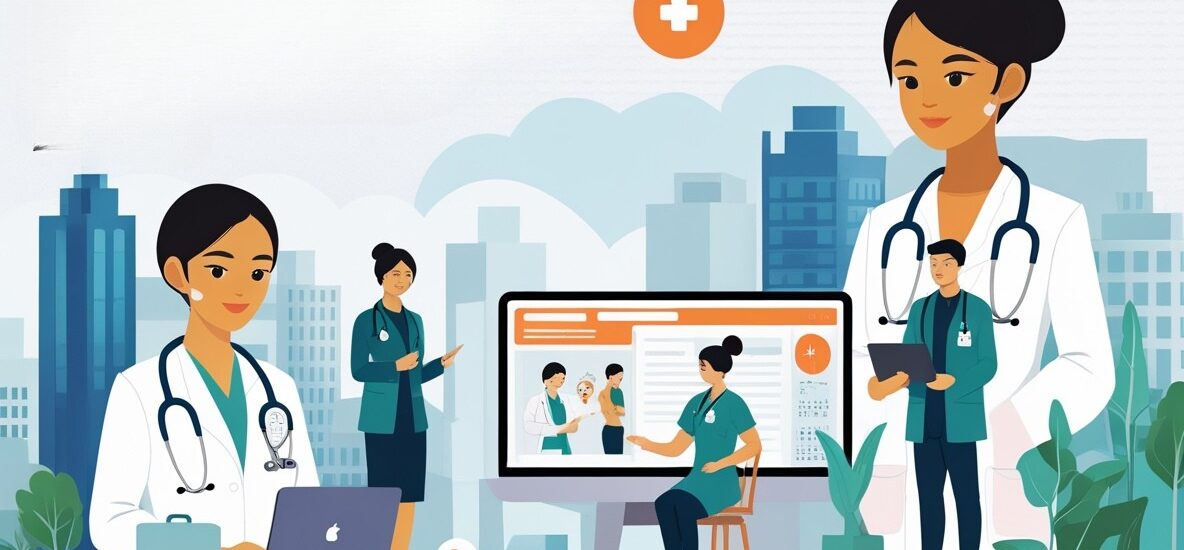Asia’s healthcare sector sits at a fascinating crossroads. On one hand, it’s dealing with the challenge of scaling care for billions of people across vastly different cultures, languages, and healthcare systems. On the other, it is racing ahead with technologies that can transform how patients, professionals, and providers communicate. This is where AI Content Generation becomes a game-changer.
Imagine a hospital in Mumbai delivering personalized post-surgery recovery instructions in multiple languages, or a wellness brand in Singapore publishing AI-powered video content to educate patients about preventive health. The common thread is the demand for communication that is both precise and personal. And the technology is here.
By leveraging platforms like iSmart Communications Services and innovations in AI Marketing, healthcare institutions across Asia are beginning to bridge the gap between complex medical science and accessible patient communication. It’s not just about efficiency. It’s about building trust, engaging diverse populations, and delivering health information in formats and tones that people actually connect with.
The rise of AI-driven personalization means that the content created today doesn’t just inform—it resonates. It adapts to patient preferences, cultural nuances, and even linguistic subtleties. And in a sector as sensitive and vital as healthcare, that balance of precision and personalization is more than innovation; it’s a necessity.

Asia’s Healthcare Boom: The Perfect Storm for AI Adoption
The Asia-Pacific healthcare market is a powerhouse. With booming populations, rapidly digitizing economies, and a rising demand for better patient experiences, the region is primed for disruption. The AI healthcare market in Asia alone is projected to skyrocket from billions in 2025 to over a hundred billion by 2030, growing at an extraordinary pace.
Countries like China and India are leading the charge. China, with its scale and government-led push for AI adoption, is developing solutions that combine AI Content Generation with predictive analytics to improve everything from hospital workflows to patient communication. India, meanwhile, is innovating with hybrid healthcare models, blending AI-driven telemedicine with content platforms designed to reach rural populations.
Southeast Asia and developed markets like Singapore, Japan, and South Korea are adding another layer: regulatory frameworks that encourage AI adoption while maintaining strict privacy and ethical standards. Singapore’s digital health ecosystem, for example, is fostering startups and collaborations where AI Marketing and content automation play a critical role in patient engagement.
This rapid adoption shows that healthcare communication isn’t just a side project—it’s at the heart of regional health strategy. As competition grows, providers are realizing that platforms like iSmart Communications Services can help them differentiate. By delivering hyper-targeted messages, they can stand out in crowded healthcare markets where trust, clarity, and reliability drive loyalty.
The storm is here, and AI is both the sail and the anchor—driving momentum while grounding strategies in scalable precision.

AI in Action: Content That Speaks Every Language
In Asia, healthcare communication isn’t “one size fits all.” The diversity of cultures and languages makes AI Content Generation not just useful, but essential. Whether it’s Mandarin in Beijing, Tamil in Chennai, or Bahasa Indonesia in Jakarta, the ability to generate multilingual, localized content at scale is what separates effective healthcare providers from outdated ones.
Hospitals and clinics are deploying AI to create multilingual websites, educational brochures, appointment reminders, and even video scripts for patient education campaigns. Pharmaceutical companies are using AI Marketing tools to generate social media content that resonates with specific demographics, ensuring accuracy while adjusting for cultural tone.
The result? Healthcare brands are not just publishing content—they’re creating conversations. Patients feel understood when information is tailored to their language, lifestyle, and expectations. And this isn’t theoretical. Platforms like iSmart Communications Services enable healthcare organizations to generate accurate, relevant, and empathetic messages across multiple channels instantly.
Consider a scenario where an oncology clinic in Seoul wants to educate patients on post-chemotherapy nutrition. Traditional marketing teams might spend weeks developing brochures and videos in multiple formats and languages. With AI-driven solutions, that process is reduced to days—without losing nuance or cultural accuracy.
This is the heart of personalization: not just pushing content but delivering the right message at the right time in the right way. In an industry where understanding can mean the difference between compliance and non-compliance, AI makes the difference.

Precision Redefined: Generative AI Meets Predictive Healthcare
At the core of this revolution lies Generative AI—the ability to create content that is precise, contextually aware, and adaptive. But in Asia’s healthcare sector, generative AI doesn’t work in isolation. It’s powered by predictive analytics that help determine what type of content should be delivered to which patient segment, and when.
Imagine an AI system analyzing hospital records, predicting which patients are at risk for diabetes, and then automatically generating culturally sensitive educational campaigns in multiple languages. This isn’t a future scenario—it’s happening now. Hospitals in India are already using clinical intelligence engines powered by AI to create actionable insights. Similarly, in Singapore, tools like clinical AI chat systems are assisting clinicians in summarizing cases and preparing patient-facing content.
The gritty truth is that traditional healthcare marketing struggles to keep up with this level of precision. Human-driven campaigns lack the scalability needed to address millions of diverse patients across Asia. That’s where AI Marketing comes in—bridging the gap between vast amounts of medical data and meaningful communication.
For providers leveraging platforms such as iSmart Communications Services, precision becomes more than a buzzword. It’s operational. It’s measurable. And most importantly, it translates into healthier, better-informed patients.
When AI Content Generation aligns with predictive intelligence, personalization ceases to be a luxury—it becomes the baseline for effective healthcare communication in Asia.

Personalization at Scale: Patient-Centric Storytelling
In a region as diverse as Asia, personalization is no longer optional—it’s survival. From rural villages to mega-cities, patient expectations are rising. People want communication that acknowledges their individual context: their language, their beliefs, their lifestyle. This is where AI Content Generation shines.
Unlike traditional approaches that push generic campaigns, AI platforms tailor every touchpoint. Personalized reminders for appointments, culturally relevant wellness tips, localized nutrition guides, or even gamified health content—everything can be designed to match patient needs.
Healthcare organizations are finding that this approach does more than educate. It builds trust. When patients feel understood, they are more likely to comply with treatment plans, engage with wellness initiatives, and maintain long-term relationships with healthcare providers.
This is why iSmart Communications Services is positioning itself as more than a platform. It’s a patient engagement engine—allowing clinics, hospitals, and pharmaceutical companies to scale personalization without drowning in operational costs. Coupled with AI Marketing strategies, the result is storytelling that feels human, even though it’s powered by machines.
The patient is no longer a statistic. With AI-driven personalization, every patient becomes the hero of their own healthcare story—and that narrative is delivered with empathy, clarity, and precision.

The Roadblocks: Infrastructure, Talent, and Cost Barriers
Of course, the path isn’t without its challenges. For every cutting-edge healthcare startup in Singapore or Tokyo, there are hospitals in rural Asia still struggling with legacy systems, unreliable internet, and a shortage of skilled talent who can bridge AI and medicine.
The biggest barrier isn’t the technology—it’s the human capital. Less than 10% of Asia-Pacific’s medical professionals have the dual expertise needed to operate AI platforms effectively. Governments and private players are responding with apprenticeships, partnerships, and funding programs, but the gap is real.
Integration is another thorny issue. Many healthcare systems still run on outdated electronic health records (EHRs), making it difficult to integrate AI-driven communication platforms like iSmart Communications Services. Without clean, interoperable data, even the smartest AI struggles to deliver personalized communication.
And then there’s cost. While AI offers long-term savings, the upfront investment can feel daunting for smaller healthcare providers. But as competition grows, not adopting these tools becomes even costlier—because patient expectations are shifting faster than legacy systems can adapt.
This is where AI Marketing comes into play as both strategy and necessity. Providers who invest in automation now are not just upgrading technology—they’re securing relevance in a rapidly transforming healthcare market.

Balancing Progress with Ethics: Privacy, Bias, and Regulation
Precision and personalization mean nothing without trust. In healthcare, trust is built on ethics, privacy, and accountability. And as AI Content Generation becomes more prevalent, the stakes rise.
Patients are rightly concerned about how their data is used. Regulators in Asia are responding. China now mandates that all AI-generated content be labeled clearly, while Japan emphasizes patient consent and cultural respect when deploying AI solutions. These regulatory frameworks aren’t slowing progress—they’re shaping it responsibly.
Bias is another issue. Algorithms trained on Western datasets often fail to capture the nuance of Asian populations. That means AI systems risk generating inaccurate or insensitive content. Companies like iSmart Communications Services are tackling this by training models with localized datasets and integrating compliance checkpoints to ensure fairness.
Privacy concerns are real, but so are the opportunities. By embedding transparency into AI Marketing and patient communication strategies, healthcare providers can build not just efficiency but loyalty. Patients want to know their data is safe. They want clarity about why certain messages are being delivered. AI systems that prioritize this transparency will lead the next phase of adoption.
Healthcare is about lives, not clicks. And while AI can automate communication, the responsibility of ethical deployment remains firmly human.
Conclusion: The Future is Precise, Personal, and Powered by AI
Asia’s healthcare sector isn’t just adopting AI—it’s being reshaped by it. From predictive analytics that power treatment recommendations to AI Content Generation tools that deliver multilingual, empathetic patient communication, the entire ecosystem is shifting toward precision and personalization.
The message is clear: the future of healthcare communication isn’t about replacing humans with machines. It’s about augmenting human intelligence with platforms like iSmart Communications Services, ensuring that information flows seamlessly, accurately, and personally.
The winners in this transformation will be the organizations that view AI Marketing not as a cost-saving gimmick, but as a strategic necessity—a way to engage patients, build trust, and deliver real health outcomes at scale.
Precision meets personalization. Technology meets humanity. And for Asia, a continent balancing immense scale with unique diversity, this is more than innovation—it’s a revolution.





